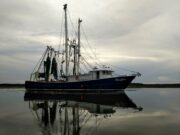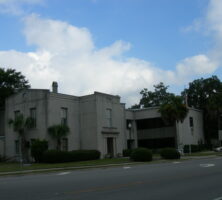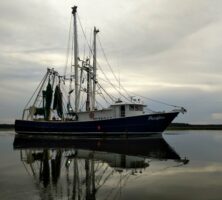McIntosh County, on the Georgia coast, was created from Liberty County by an act of the state legislature in 1793. The county was named for the McIntosh family, who were among the earliest Scottish Highlanders to settle the area three years after the founding of the Georgia colony.
The most prominent member of this family was General Lachlan McIntosh, commander of Georgia forces in the Revolutionary War (1775-83) and a primary force in the colony’s movement toward independence.
The earliest settlers in the lands that became McIntosh County were Guale Indians, followed by Spanish missionaries from about 1595 to 1686, both on the mainland and on nearby Sapelo Island. The first English presence was established by South Carolina Rangers, who built Fort King George in 1721. The first permanent settlement was a group of Highland Scots from Inverness, who, under the auspices of James Edward Oglethorpe, founded the town Darien in January 1736.
Darien was incorporated and made the seat of McIntosh County in 1816, during a period when the area began to prosper as a primary outlet for the shipment of upland-grown cotton conveyed to the port downthe Altamaha River. During the antebellum period rice and Sea Island cotton plantations made McIntosh County one of the wealthiest sections of the south Atlantic coast. Rice shipments from the local Altamaha delta exceeded 6 million pounds in 1859, the peak year for exports. The leaders in the production of this valuable commodity were Pierce Butler, Jacob Barrett, and Robert B. Rhett. Meanwhile, the county’s most prominent citizen of the time, Thomas Spalding of Sapelo Island, established one of the leading plantations of the antebellum South.
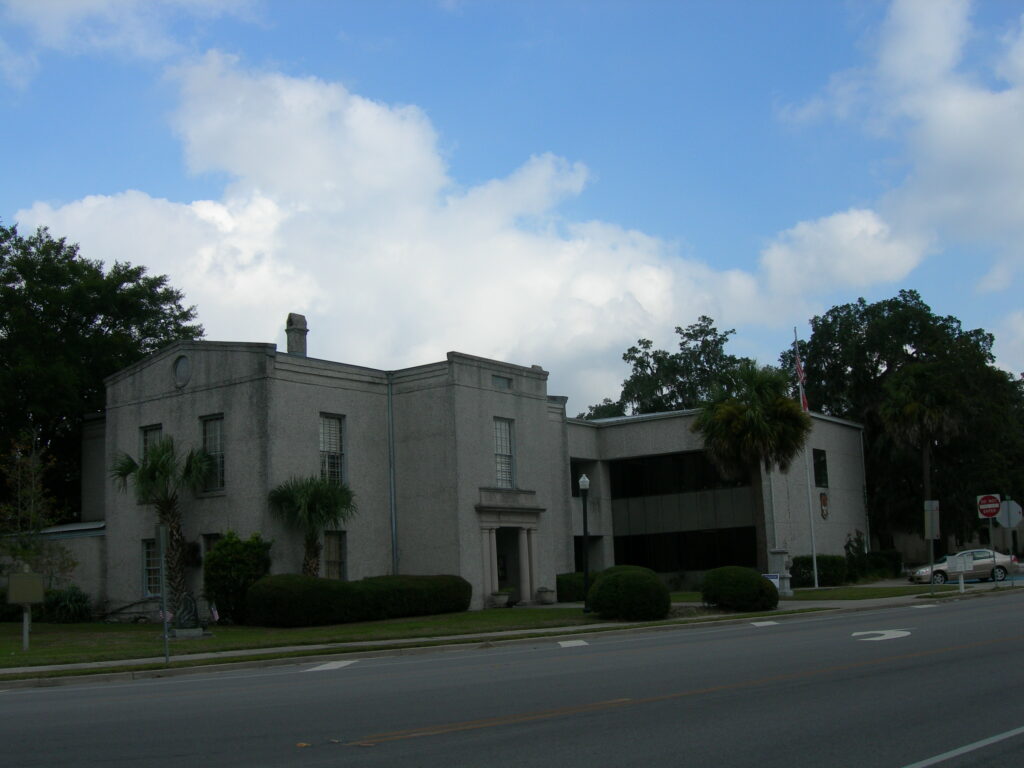
McIntosh County was devastated by Union military and naval action during the Civil War (1861-65). Darien, deserted and undefended, was sacked and burned by Union colonel Robert Gould Shaw and his 54th Massachusetts regiment in June 1863, and most of the county’s river plantations were destroyed in a series of raids in 1862-64.
During Reconstruction, Tunis G. Campbell, an agent of the Freedmen’s Bureau, became McIntosh County’s first African American elected official, serving in the Georgia General Assembly as well as in various local positions. During his period of public service, Campbell did much to enhance educational and economic opportunities for McIntosh County’s freed enslaved population.
McIntosh County was an international timber market for four decades after the Civil War. The volume of rafts of virgin yellow-pine timber floating down the Altamaha River from the interior of Georgia established Darien as the primary outlet for lumber and timber on the Atlantic coast. Sawmills and loading docks in the county provided employment for hundreds of local Black citizens displaced by the war.
Sailing vessels and steamships from Europe, South America, and the Far East loaded cargoes of lumber processed at mills in and around Darien. Later, investments of northern capital further energized the county and led to the construction of a railroad into Darien in 1895. In 1900 an all-time record of more than 112 million board feet of lumber was processed and shipped overseas from McIntosh County.
By 1915 the Altamaha River timber supply was exhausted because of overcutting upriver from Darien, and the local timber trade was all but over by 1925. The demise of timber as an economic resource led numerous county citizens to seek their livelihoods from other sources—primarily the nearby Atlantic Ocean. In the first half of the twentieth century McIntosh County became a leading producer of seafood, especially oysters, shrimp, and crabs. By 1960 McIntosh had one of the largest shrimp-boat fleets on the south Atlantic coast, although the county’s population was then only 6,364 residents. About 1975, however, the seafood industry entered a period of steady decline, brought about by rising operating costs and the increasing importation of cheaper foreign shrimp.
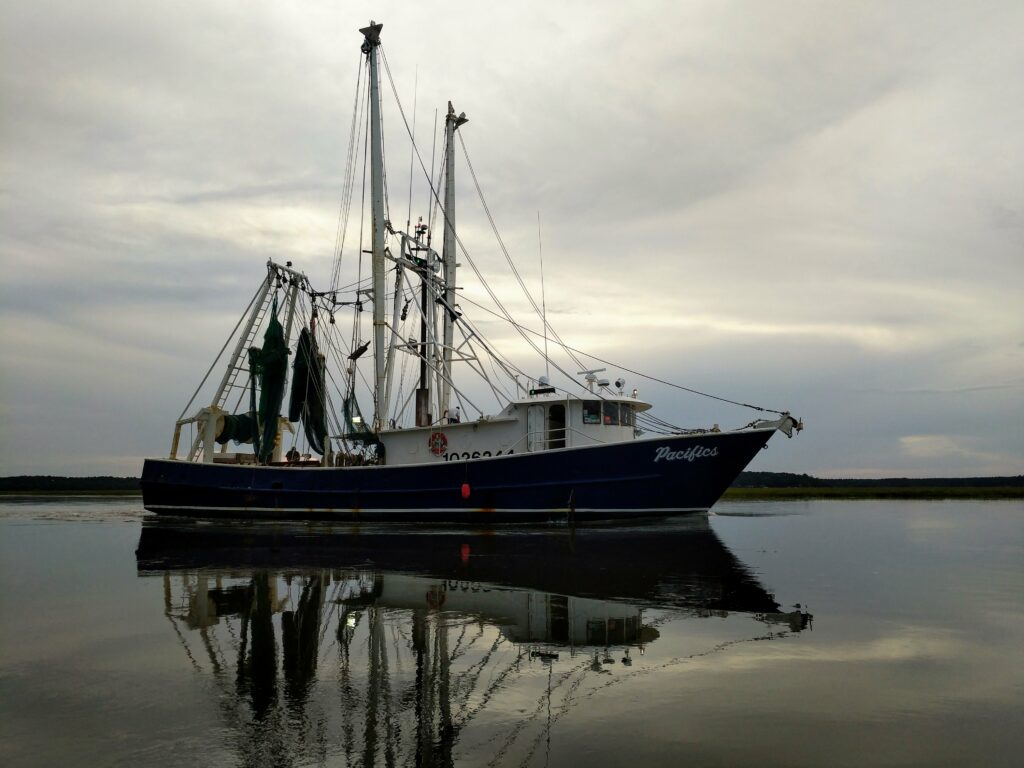
During World War II (1941-45) the U.S. Army operated an air training facility with concrete runways, barracks, and support facilities at Harris Neck in a remote section of McIntosh County, for the training of P-40 fighter pilots. The Coast Guard had submarine watch stations on Sapelo and Blackbeard islands. In 1953 the University of Georgia established its Marine Institute on Sapelo Island.
In 1991 Georgia writer Melissa Fay Greene published Praying for Sheetrock, an award-winning book that chronicles the coming of the civil rights movement to McIntosh County in the 1970s.
The county population, according to the 2020 U.S. census, was 10,975, a decrease from the 2010 population of 14,333.


